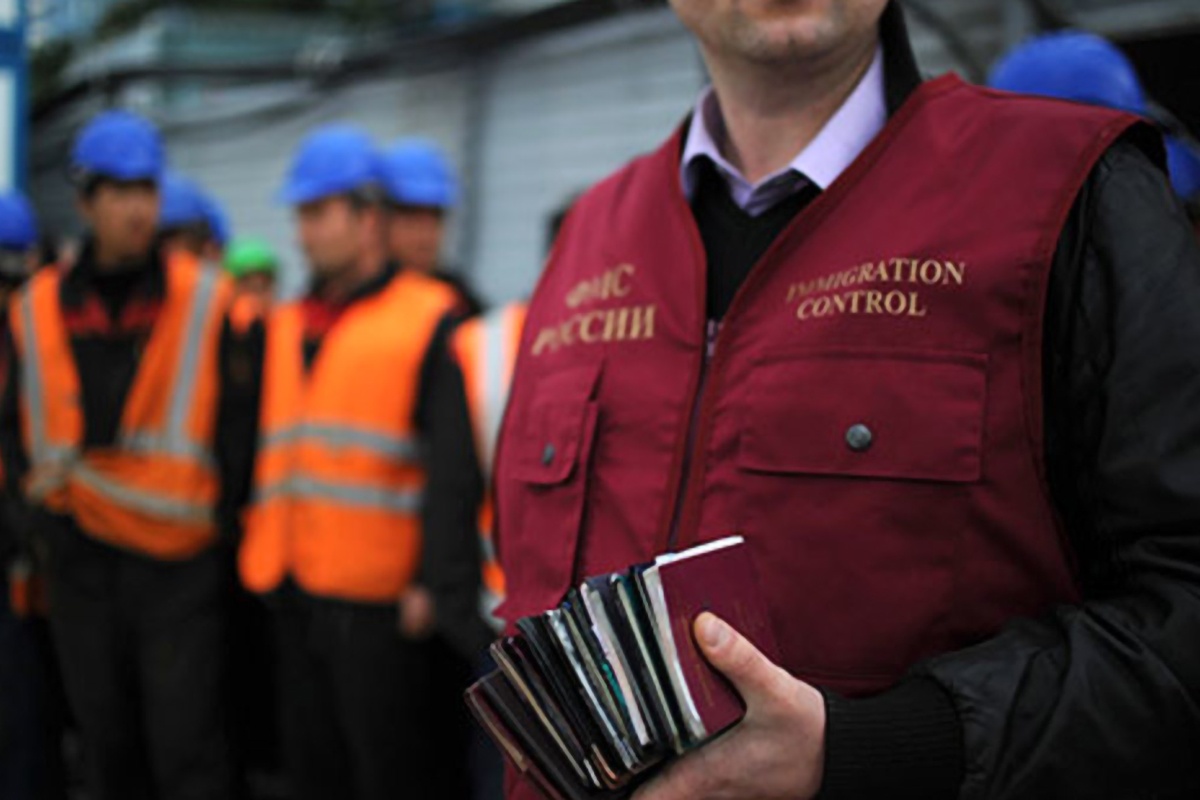La guardia fronteriza impide el acceso a aquellas personas que tienen prohibida la entrada al país.
En los puntos de control migratorio, los visitantes se verifican no solo mediante bases de datos y documentos, sino también por sus huellas dactilares. Esta medida responde a la frecuencia de casos en los que personas deportadas de Rusia por violar las leyes o cometer delitos intentan regresar al país con un pasaporte nuevo y una identidad falsa. Por ello, las huellas dactilares de las personas que cruzan las fronteras rusas deben ser verificadas. Si coinciden con las huellas dactilares almacenadas en la base de datos del Servicio Federal de Migración, el intento de fraude con un pasaporte nuevo fracasa.
«¿Se imaginan a cuántas personas se les deniega la entrada? Pero necesitan trabajar, alimentar a sus familias, y todo eso. ¡Por eso recurren a estas prácticas! Hemos detectado a más de 50 personas que han falsificado su identidad. En algunos casos ya se ha tomado la decisión de deportarlas, mientras que a otras intentamos convencerlas de que compren un boleto y se marchen», informó Irina Chistiakova, subdirectora del Departamento de Readmisión y Deportación de Ciudadanos Extranjeros del Servicio Federal de Migración en San Petersburgo y el óblast de Leningrado.
La identificación dactiloscópica se lleva a cabo a través de los sistemas de verificaciones rápidas PAPILLON.
Una vez que los ciudadanos de las repúblicas centroasiáticas son verificados en cuatro parámetros (identificación dactiloscópica, seguro médico, permiso de trabajo y residencia legal), se les permite ingresar al territorio de la Federación de Rusia.
Fuente:
Canal Uno
